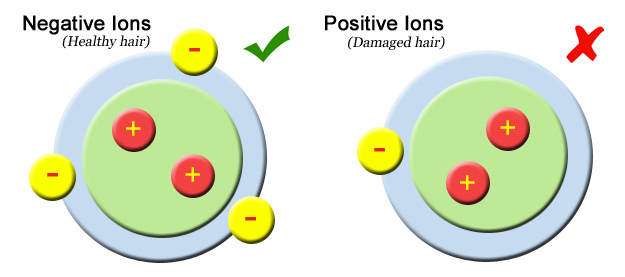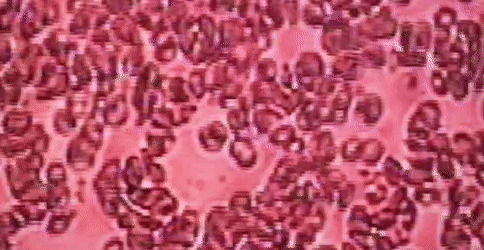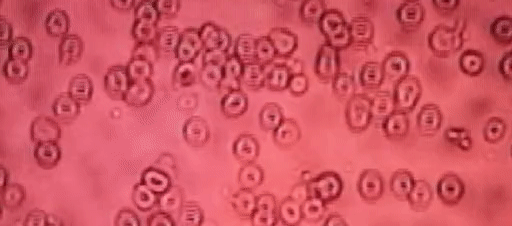Features
Unique rare element Lanthanum generates negative ions of high concentration that is far more than germanium and titanium elements. Lanthanum generated around 7000cc of negative ions per second and that is the double of germanium titanium elements.
What are ions?
Ions are charged atoms or molecules in which the number of electrons is different than the number of protons. It is charged due to the difference number of protons in the atom or molecule. In other words, an atom can acquire a positive charge or a negative charge depending on whether the number of electrons in an atom is greater or less then the number of protons in the atom.

What Are Positive Ions?
Positive ion has more protons than electrons, but despite their name, positive ions don’t have a good impact on our health. Most positive ions can be found indoors from things like electromagnetic fields, fluorescent lighting and air pollution. Many studies have shown that positive ions have negative health effects for many people. If you spend a lot of time indoors surrounded by computers, hand phones and other technological devices that produce electromagnetic fields, you could have an unhealthy build-up of positive ions in your body and may experience impaired brain function, fatigue, headaches, poor concentration, low energy levels, nausea and vertigo.
What Are Negative Ions?
If the atom has more electrons than protons, it is a negative ion. Despite its name, negative ions are actually beneficial to our health. Negative ions are abundant in nature, especially in the woods with plenty of green life and places with moving water. Increasing your negative ions can improve your health for a variety of reasons. They can increase serotonin levels in your body, which improves your mood and balances your mental health, helping combat depression and anxiety. In addition, negative ions can also benefit people with depression and high blood pressure.









